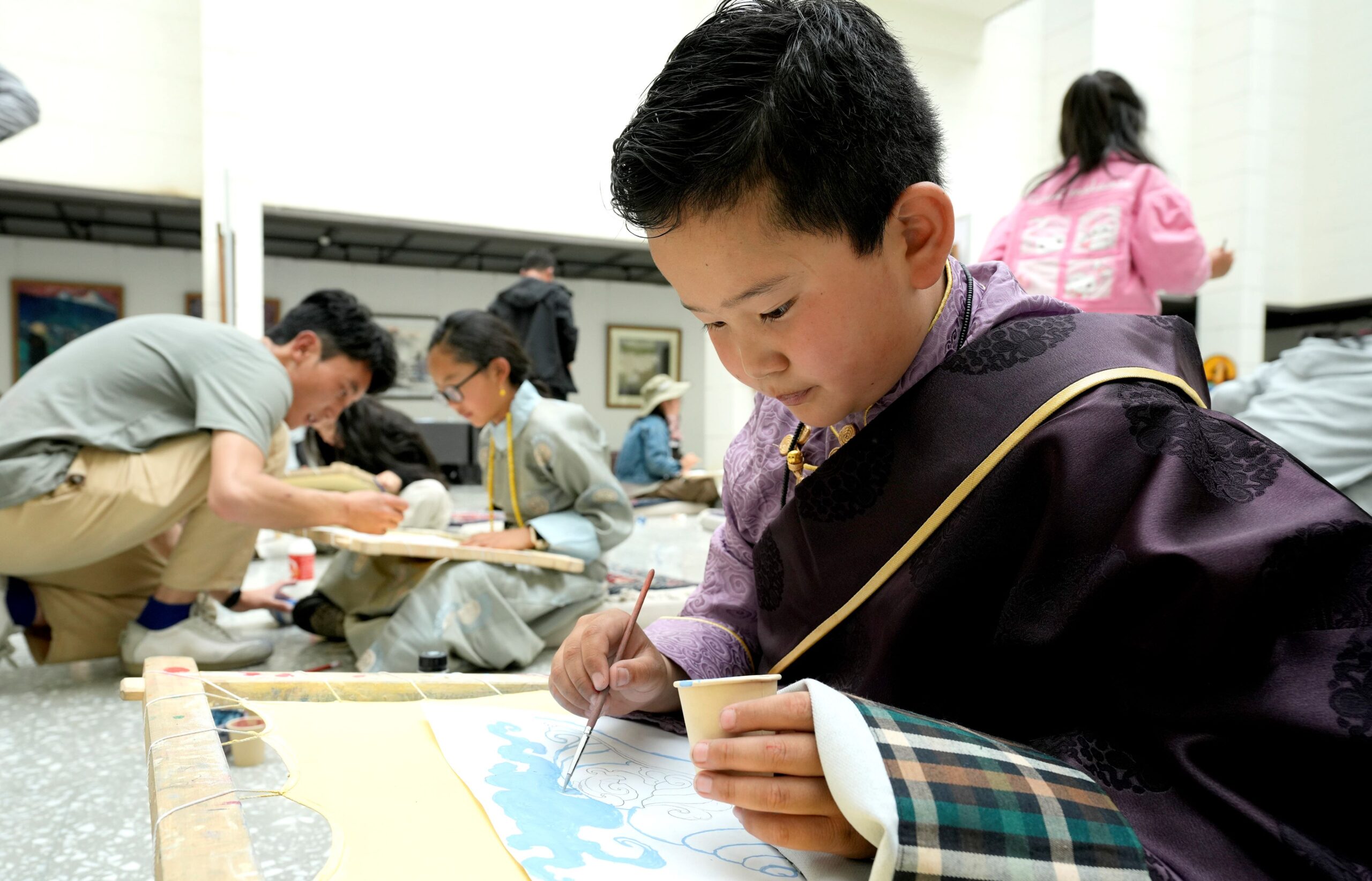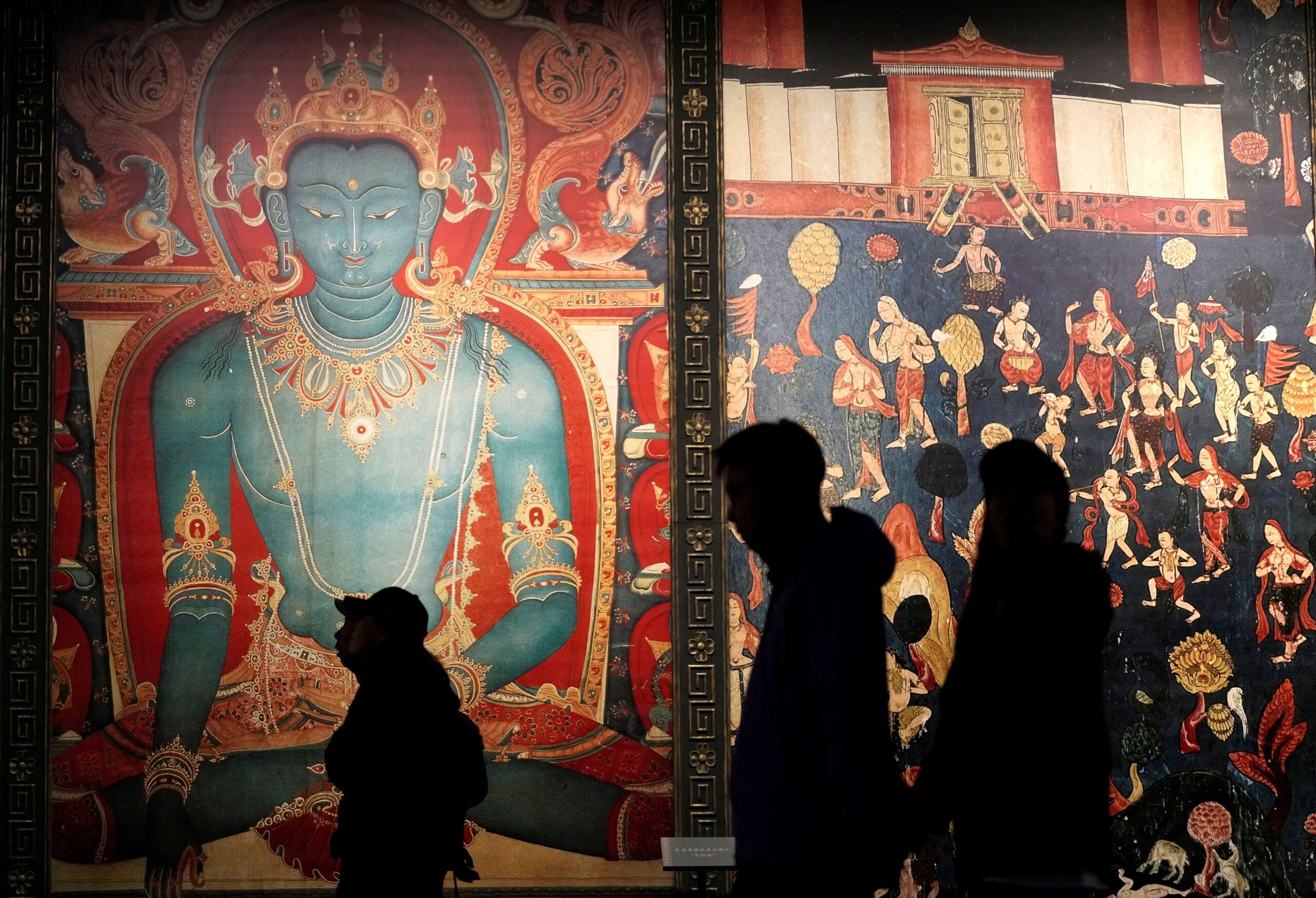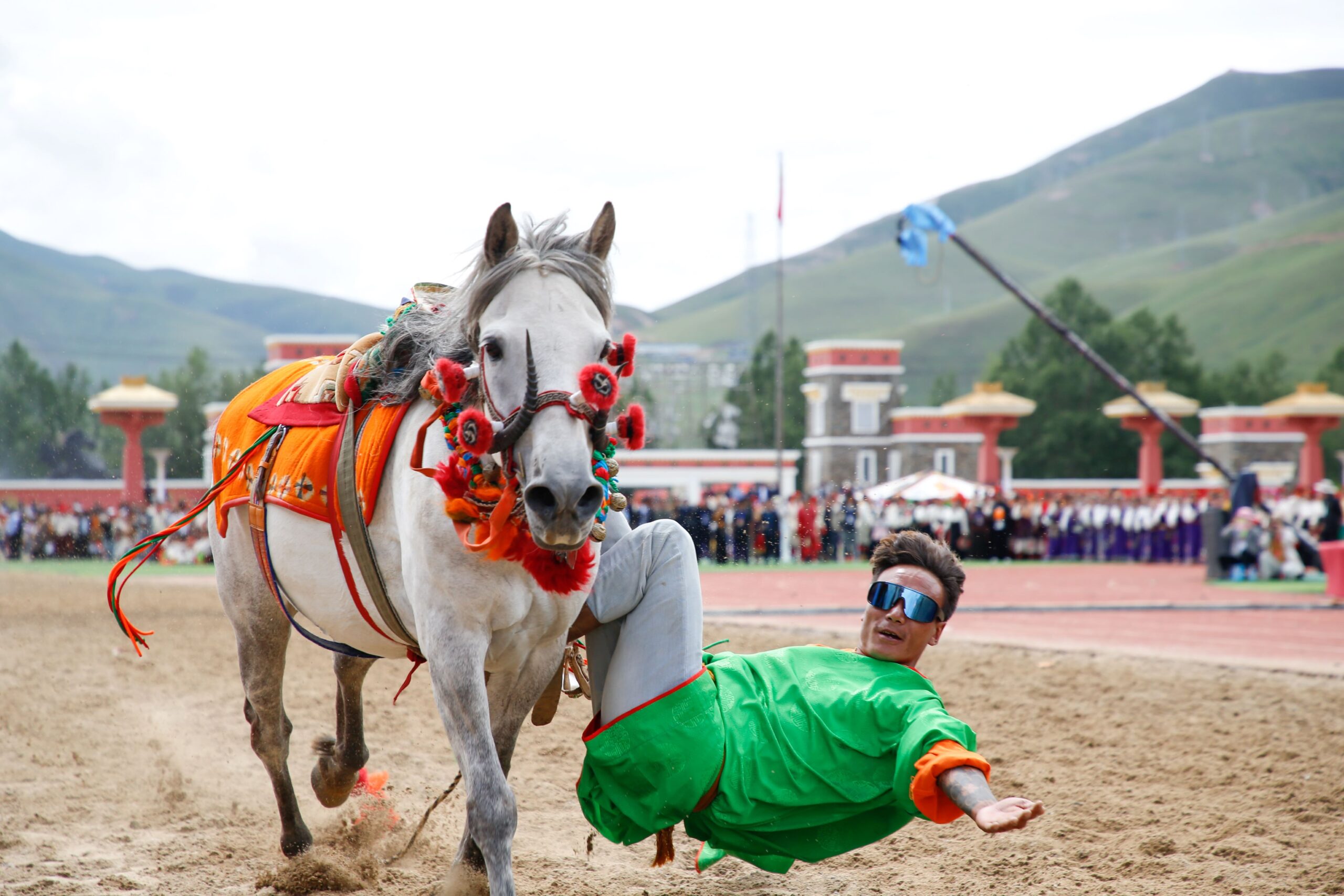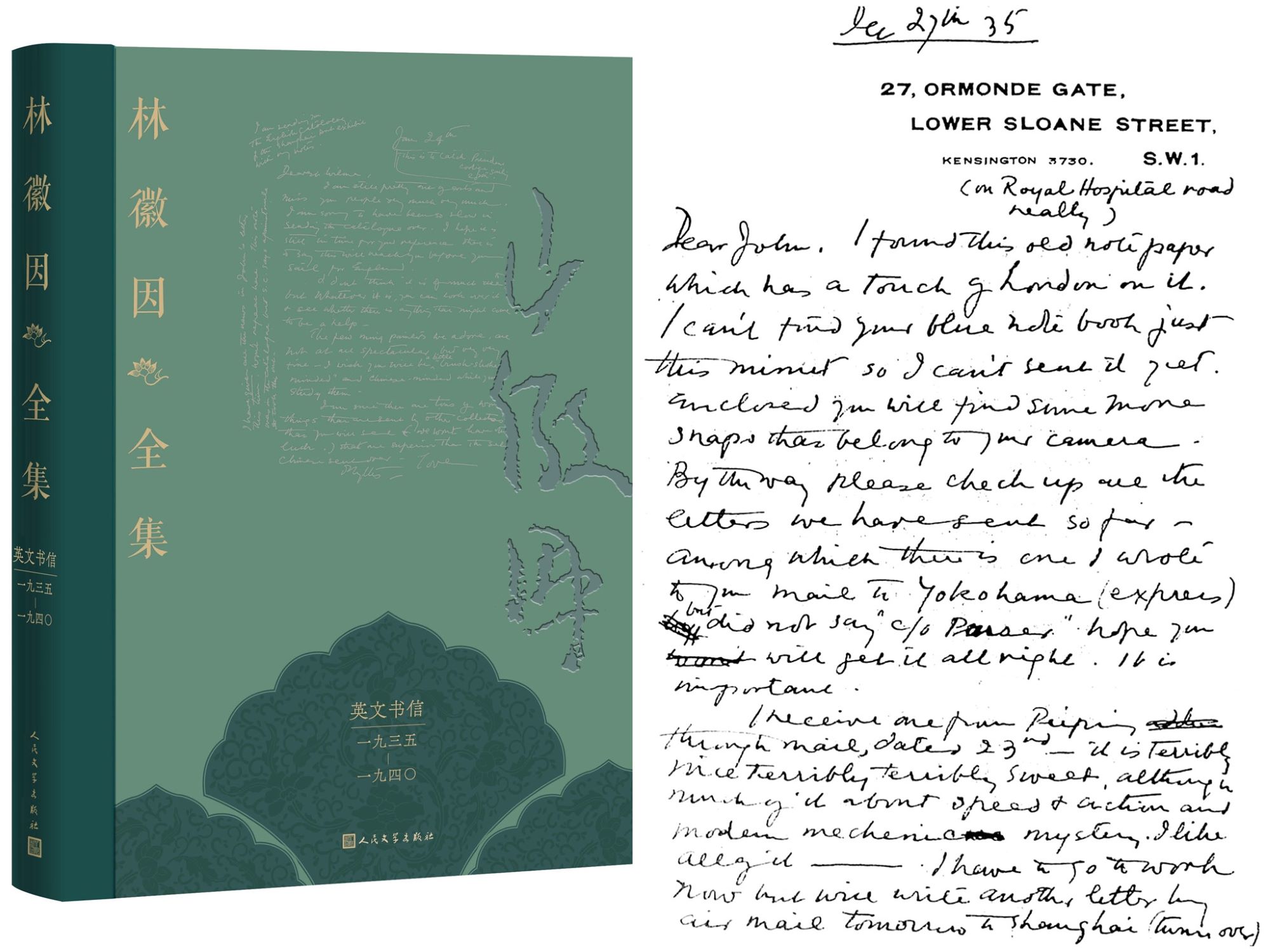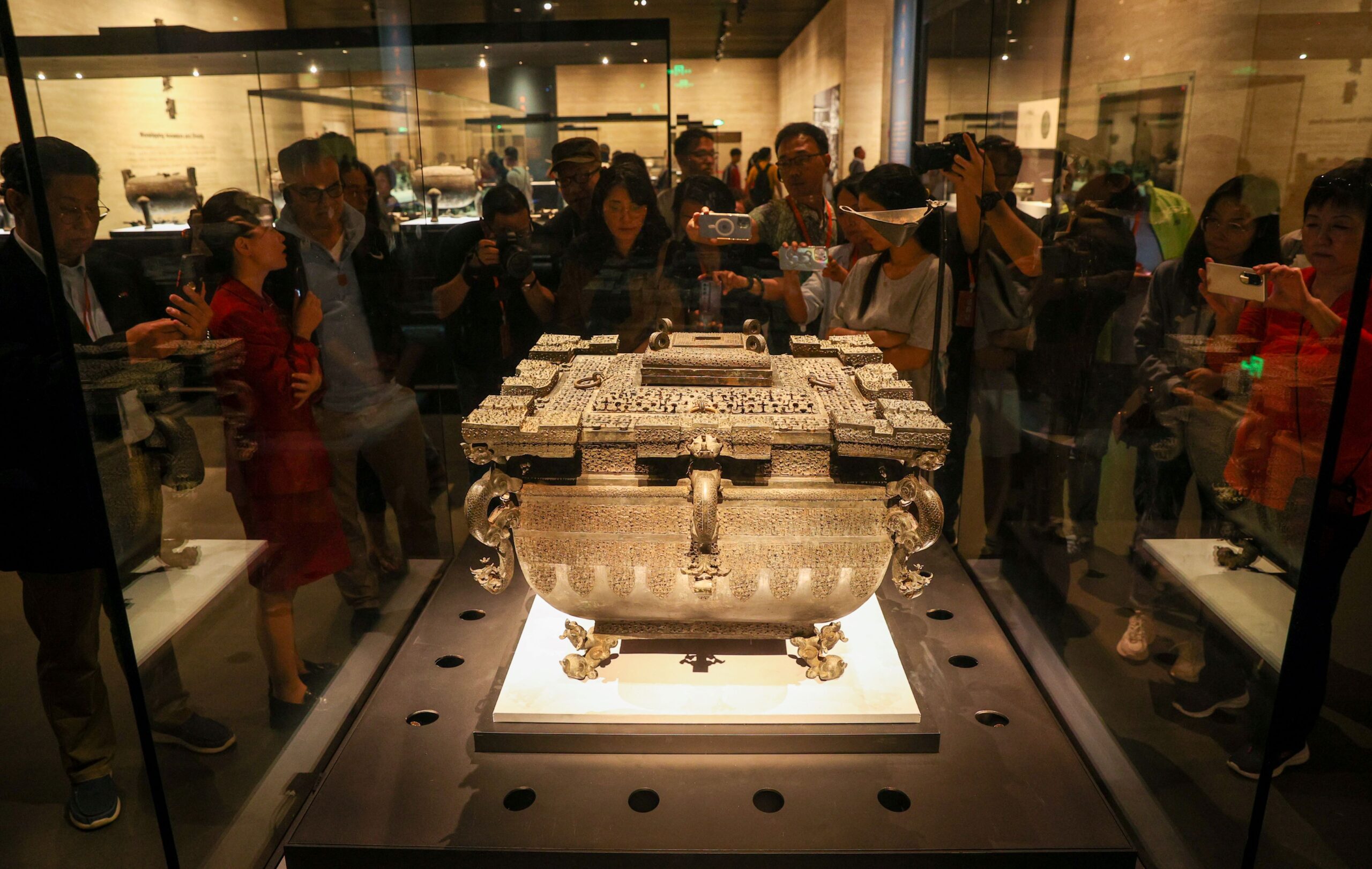A British educator shares Xizang’s transformation in education, infrastructure, and cultural preservation.
Michael Crook speaks fluent Beijing dialect and often carries a fountain pen in his pocket. Born in Beijing, educated in the UK, and having taught in the United States, he devoted most of his career to education in China before retiring. His connection with Xizang runs deep: his mother lived in a Tibetan village in the 1930s, and he has visited the region many times since the 1970s.
“When my mother was there, houses were built of stone, windows had no glass, and people walked on narrow mountain paths,” Crook recalled. “In the 1970s, I saw electricity in the villages. Later, I watched cars driving directly into places once reachable only on foot.”
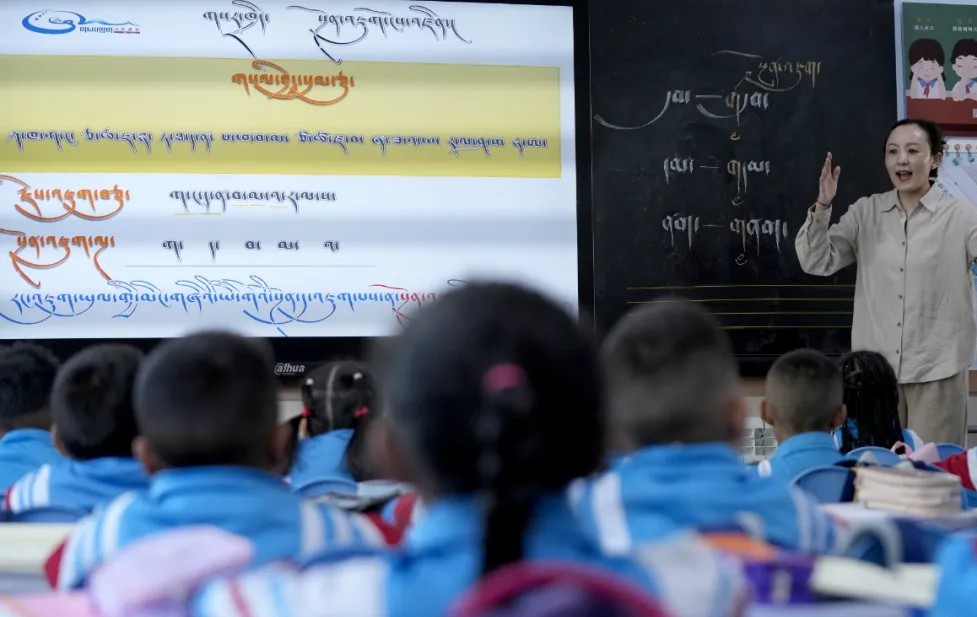
Education: From Shortages to Free Schooling
In the 1980s and 1990s, Xizang had some of the weakest educational resources in China. Teachers were scarce, and enrollment rates were low. Today, the region not only guarantees compulsory schooling but also offers 15 years of free education, making it one of the first places in China to do so.
During a 2023 visit to Nyingchi’s Second Primary School, Crook saw classes taught entirely in Tibetan, with textbooks and notes in the local language. Students spoke Tibetan during breaks but switched easily to Mandarin afterwards. “Children are growing up bilingual. That’s remarkable,” he said.
Government programs also support students with free meals, housing, and school supplies. In 2024, more than 700,000 children benefited from these measures. “It shows education equity is not just a slogan—it’s real,” Crook added.
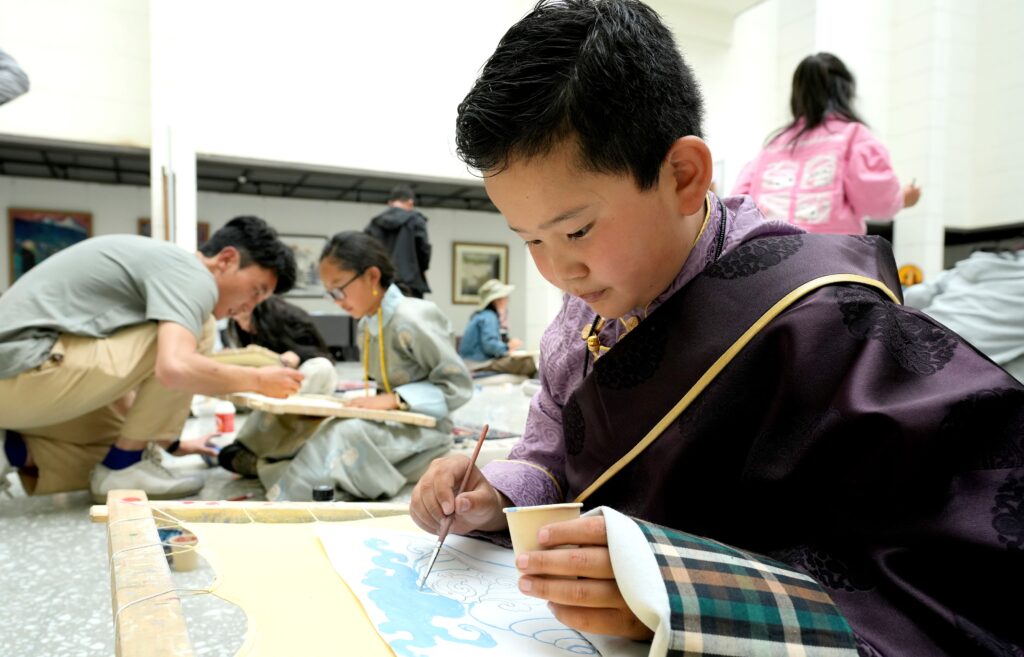
Modern Transport and Preserved Traditions
Xizang’s infrastructure has also advanced. Highways and a railway now link Nyingchi and Lhasa, significantly reducing travel time. “The trip is fast and comfortable,” Crook said. Bridges and tunnels were built with ecology in mind, allowing Tibetan antelopes and yaks to move freely.
At Tibet University’s library, Crook saw ancient manuscripts, some over a thousand years old, carefully preserved. Research and restoration centres are dedicated to protecting Tibetan texts. “Modern development and cultural preservation go hand in hand here,” he said.
After decades of visits, Crook has his way of introducing the region: “If a travel company in London asked me to describe Xizang, I’d say—it’s safe, daily life is convenient, and the cultural diversity will exceed your imagination.”
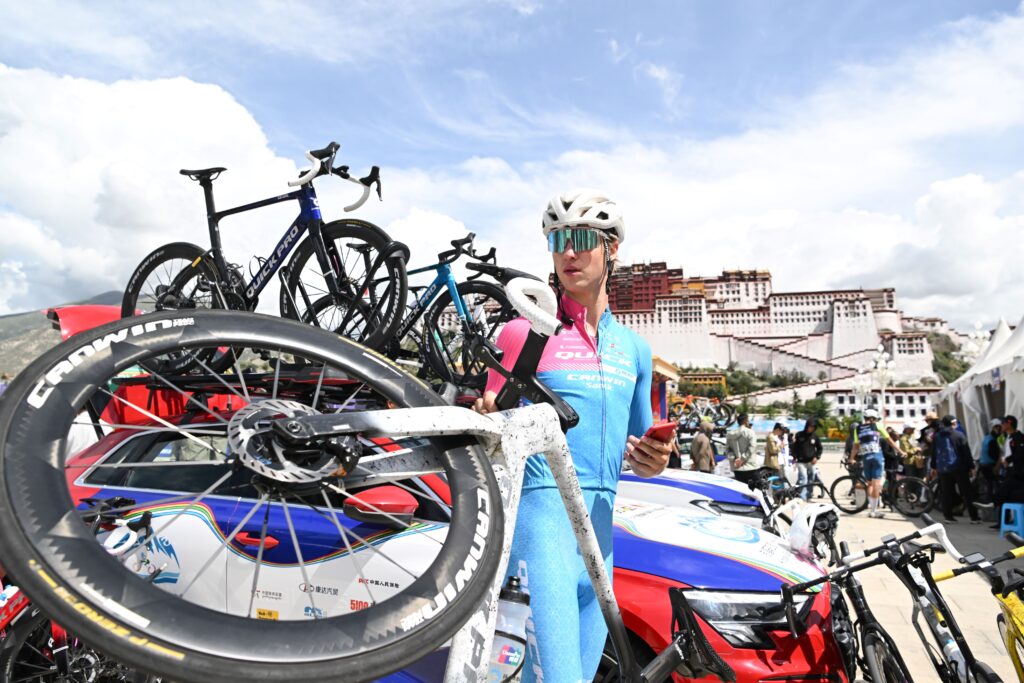
Additional reporting by CNS.
If you liked this article, why not read: Exploring the Tibet Museum: Art, History & Hands-On Fun

